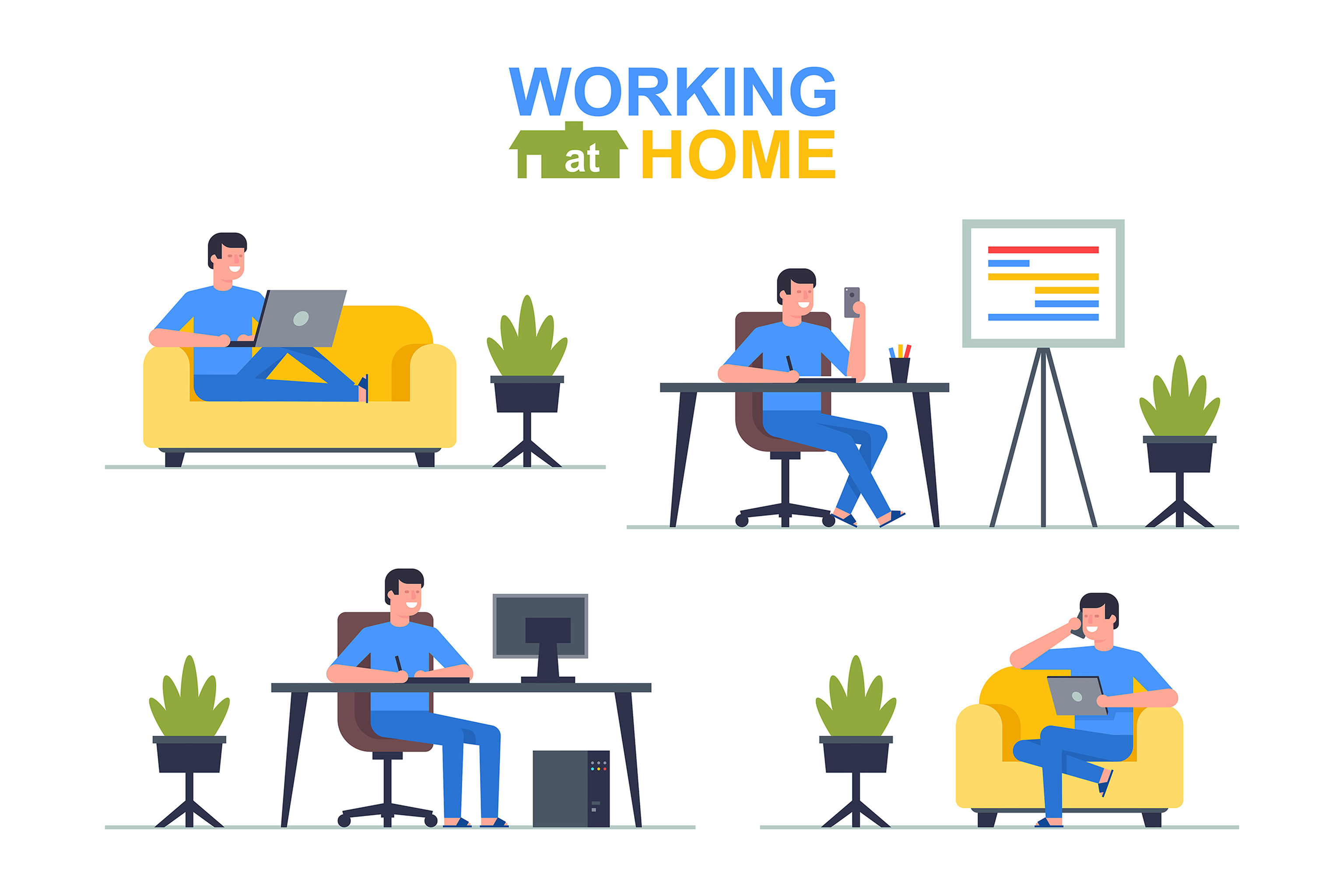Two cents: The day home became the workplace
- Shawn Liew

It is 8.30am in the central business district of Singapore, and an almost surreal quiet has replaced the hustle and bustle of a typical day in Singapore’s financial hub.
Of course, this is not a typical day, and nor will it be for some time to come. As the COVID-19 outbreak continues to sweep worryingly around the world, Singapore has become just the latest country in the world to introduce a partial lockdown. From April 7 to May 4 at least, all work premises providing non-essential services in Singapore will be mandated to shut down. The majority of employees therefore, will be working from home.
Remote working, of course, is not a new concept. What is new, however, is the sheer number of companies implementing remote working today. A recent survey by Gartner found that 88% of organisations have encouraged or required employees to work from home. This eye-catching statistic, however, needs to be taken into context – for many organisations, such a move is borne out of necessity and in response to COVID-19.
The great hope, of course, is that COVID-19 can be contained as soon as possible, bringing a much-welcomed level of normalcy back to the world. How much the world would have changed by then, is subject to speculation and interpretation. In the workplace, will new shifts in working patterns emerge during COVID-19, and become entrenched post COVID-19?
For the organisations who participated in the Gartner survey, perhaps they should all be asked this question: Do you intend to maintain work-from-home policies after COVID-19 is over? Could organisations come to contemplate that the future of remote working has not only arrived, but is here to stay?
If COVID-19 has taught the workforce anything, it is certainly that technology will not be the impediment to remote working. As more and more employees work from home, communication and collaboration platforms such as Facebook, WhatsApp, Microsoft Teams, Zoom and Slack all reported exponential growth in the number of users. Working from home does not equate to complete isolation from fellow co-workers and business partners, and there are an overwhelming number of tools available today for telecommuting and virtual meetings.
And while we will continue to treat artificial intelligence (AI) and other intelligent tools with a sense of trepidation – whether because we have watched one too many sci-fi films about machines rising to usurp the human race, or the more pragmatic fear of losing jobs to AI and its brethren – there is little doubt that intelligent tools, as they continue to be defined by humans, will allow remote working teams to better manage their time and resources. This could be via AI-powered productivity applications and time management systems, or incident reporting systems that help to identify problems before they are reported.
Suggestions that the Internet will collapse under the weight of usage if remote working becomes the new normal are exaggerated, to say the very least. While it is true that not all countries’ broadband networks are as advanced as say, Singapore’s, you would have to be assuming that the majority of the remote workforce are streaming Netflix and playing online video games when they are supposed to be at work. After all, these activities, which the UK’s Internet Service Providers’ Association termed as “evening peak activity”, outweighed the typical daytime demand for broadband connectivity, by 10 times.
The key to whether remote working can succeed therefore, is likely to lie with the human factor. Consider the example of IBM, which was offering the option of remote working as early as the 1980s. By 2009, the company reported that 40% of its global workforce of 386,000, were working remotely. Then, came the big turnaround in March 2017, when IBM recalled many of its workers back to the workplace.
Detractors of remote working will argue that the lack of physical presence stymies collaboration and creativity. The study of behavioural patterns will tell you that socialising is a basic biological human need that cannot be adequately replaced by non-physical interaction. While these arguments may not necessarily be erroneous, particularly in many Asian cultures, more and more studies are beginning to dispel myths such as remote workforces lacking focus or motivation.
Moreover, organisations need to recognise and understand the growing influx of Gen Z into the workforce. For these workers born into a digital era, the concept of remote working may not only be appealing but is also viewed, as a key criteria to achieve job satisfaction. And there is nothing to suggest that they cannot excel as part of a growing remote workforce. For them, and an increasing number of the older generation, the future of remote work is indeed, now.






